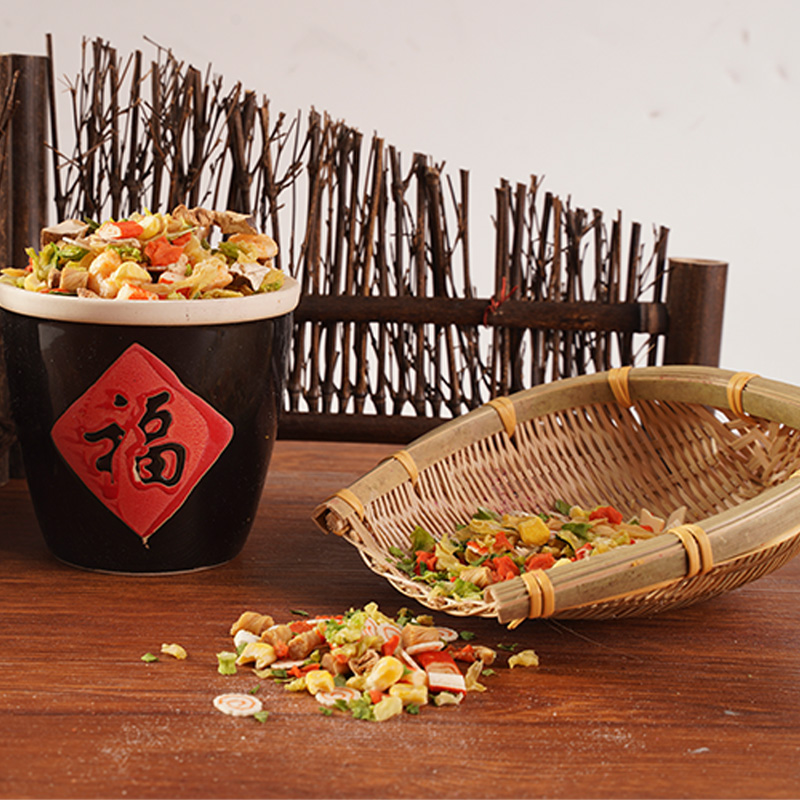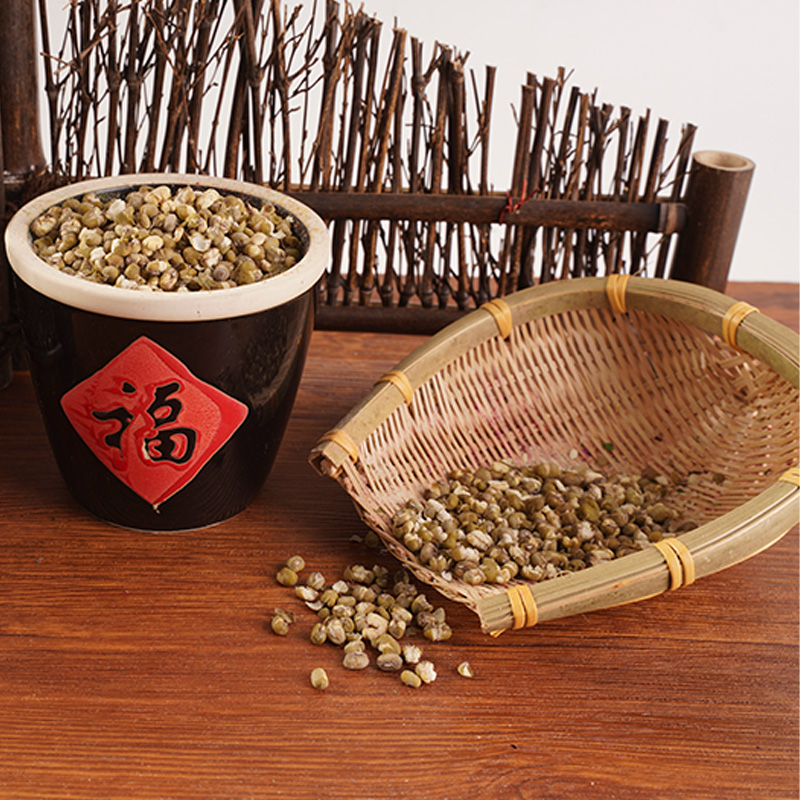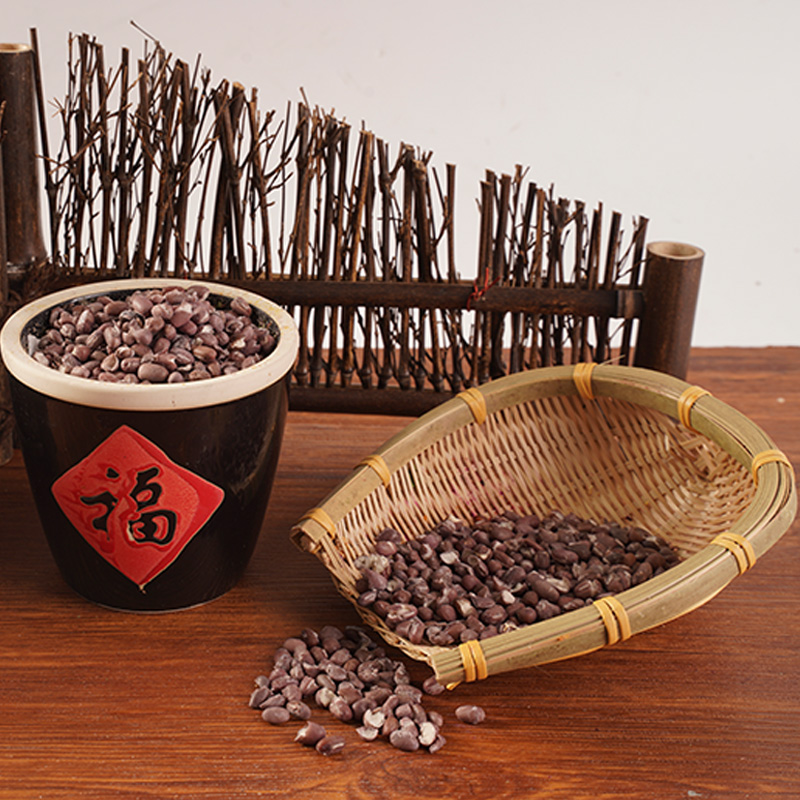Are Dehydrated Vegetables Truly Years-Long Good?
The claim on many packages is enticing: dehydrated vegetables boasting shelf lives of 10, 15, or even 25 years. But does this mean they remain truly "good" – palatable, nutritious, and safe – for such extended periods? The answer is nuanced: Yes, they can last for years under strict conditions, but "good" evolves over time, shifting from peak freshness to acceptable sustenance.
The Science Behind the Shelf Life
Dehydration preserves food by removing the water content (typically reducing it to 3-8%). Water is essential for microbial growth (bacteria, mold, yeast) and many enzymatic reactions that cause spoilage. By drastically reducing available water, dehydration effectively puts these processes on hold. This is the core principle enabling long-term storage.
Factors Dictating True Longevity
While the potential for years-long stability exists, several critical factors determine if that potential is realized and what "good" means at different stages:
-
Initial Quality: Vegetables dehydrated at peak freshness, using appropriate methods (freeze-drying generally preserves quality better than air-drying), start with higher nutritional content and better flavor/color/texture. Poor-quality starting produce yields inferior results from day one.
-
Packaging: This is paramount. Exposure to oxygen and moisture is the primary enemy of stored dehydrated foods.
-
Oxygen: Causes oxidation, leading to rancidity (especially in veggies with natural oils like peppers), nutrient degradation (like vitamins A and C), and color fading.
-
Moisture: Allows microbial growth and causes caking or clumping.
-
Ideal Packaging: Oxygen-free environment is crucial. This is typically achieved using:
-
Oxygen Absorbers: Packets placed inside containers that chemically bind residual oxygen.
-
Nitrogen Flushing: Replacing the air inside the package with inert nitrogen gas.
-
High-Barrier Materials: Foil-lined pouches or metal cans that are impermeable to oxygen and moisture.
-
-
Without robust, oxygen-free packaging, shelf life plummets significantly.
-
-
Storage Conditions: Even perfect packaging has limits. Storage environment heavily influences longevity:
-
Temperature: Cooler is exponentially better. Aim for consistent temperatures below 70°F (21°C), ideally 55°F (13°C) or lower. Heat accelerates all degradation reactions – nutrient loss, flavor changes, color loss, oxidation. Fluctuating temperatures can cause condensation inside packaging if seals are imperfect.
-
Light: Exposure to light, especially sunlight, degrades nutrients (like vitamins and pigments) and can cause off-flavors. Store in the dark.
-
Humidity: While packaging protects, high ambient humidity increases risk if seals fail. A dry storage location is preferable.
-
The Evolution of "Good": What Degrades Over Time?
Even under optimal conditions, dehydrated vegetables undergo gradual changes. "Years-long good" doesn't mean "like fresh forever." It primarily means safe and calorically available, but with diminishing quality attributes:
-
Nutrients: Water-soluble vitamins (Vitamin C, B Vitamins) are the most vulnerable to degradation over time, accelerated by heat, light, and oxygen. Minerals and fiber remain stable. Protein and carbohydrates (calories) are largely retained.
-
Flavor & Aroma: Subtle flavors fade first. Off-flavors can develop due to oxidation (staleness, cardboard-like tastes) or very slow Maillard reactions (browning). Strongly flavored vegetables like onions or peppers may retain character longer than milder ones.
-
Color: Natural pigments (chlorophyll, carotenoids) fade or change due to oxidation and light exposure. Vegetables become duller.
-
Texture: Rehydration ability can slowly decline. Vegetables may become tougher or take longer to soften fully. Clumping can occur if any moisture ingress happens.
-
Safety: Properly dehydrated and packaged vegetables stored correctly are extremely low risk for microbial pathogens like botulism due to the lack of moisture. The main safety concern over very long periods would be if packaging fails significantly, allowing moisture in and potential mold growth (visible and typically detectable by smell).
Realistic Expectations and Best Practices
-
"Best By" vs. Peak Quality: Recognize the difference between technical safety (lasting decades under lab-perfect conditions) and palatable, nutrient-rich quality. Peak quality is usually within the first 1-5 years.
-
Prioritize Rotation: Practice the "First In, First Out" (FIFO) principle. Use older stock first. Don't assume 25-year-old veggies will taste great; reserve the very oldest for true emergencies where calories are the primary goal.
-
Inspect Before Use: Always check dehydrated vegetables before use, regardless of age:
-
Look: Check for any signs of mold, unusual discoloration, or insect infestation.
-
Smell: Sniff for any rancid, musty, or otherwise off odors.
-
Feel: Ensure no moisture or caking is present. Individual pieces should be dry and crisp.
-
Discard if any of these issues are present.
-
-
Optimal Storage is Key: Invest effort into proper storage:
-
Use packaging designed for long-term storage (foil pouches, cans with oxygen absorbers or nitrogen flush).
-
Store in a cool, dark, dry place. Basements (if dry) or interior closets are often better than pantries near ovens or hot water heaters. Consider temperature-controlled storage if possible for very long-term goals.
-
Dehydrated vegetables can be safe and provide valuable calories and nutrients for many years – potentially decades – but only if they start high-quality, are packaged correctly in an oxygen-free environment, and are stored under consistently cool, dark, and dry conditions. However, the definition of "good" shifts. While safe for extended periods, expect a gradual decline in vitamin content, flavor vibrancy, color, and texture over time. For optimal nutrition and enjoyment, prioritize consuming dehydrated vegetables within the first few years of storage, maintaining them as a reliable, long-lasting component of a preparedness plan or pantry, but understanding their inherent evolution over the years.
News Category
- Company News(1)
- Industry News(68)



 English
English русский
русский 日本語
日本語 한국어
한국어 中文简体
中文简体












